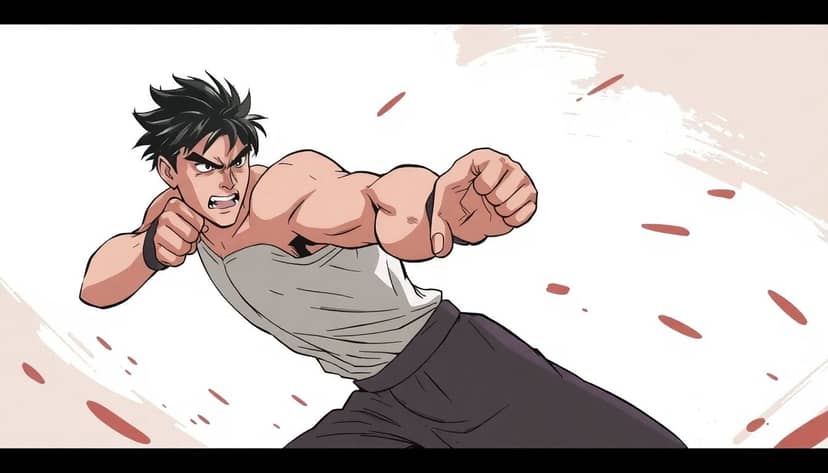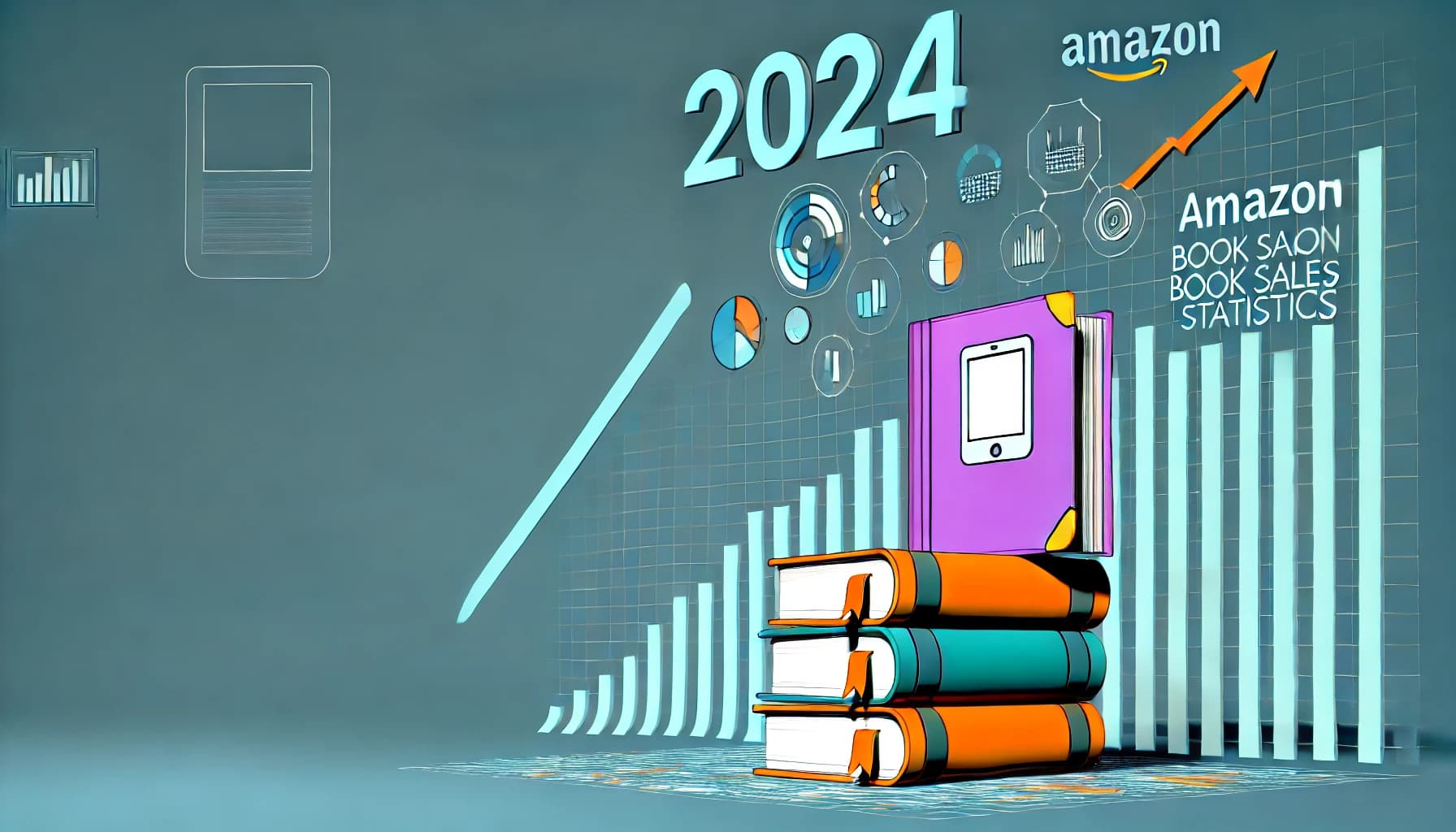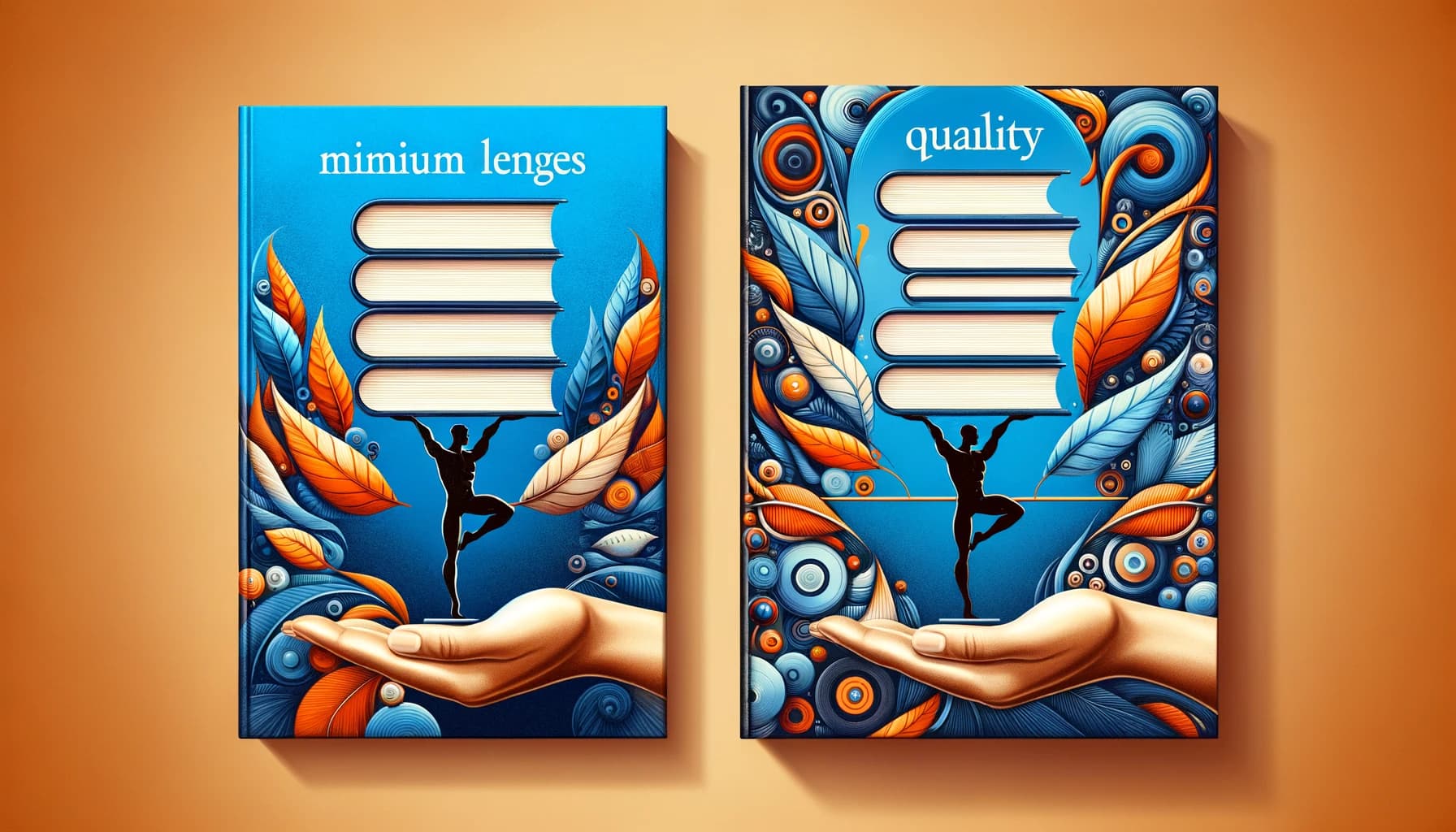Table of Contents
We can agree, writing fight scenes isn’t easy—it’s quick action, strong emotion, and impactful moments all rolled into one. And let’s face it, keeping it exciting and clear at the same time can totally trip you up.
But don’t stress, because you’re about to get some simple tips that’ll help you craft fight scenes readers can’t look away from. Soon enough, you’ll be writing action-packed sequences that make your audience feel every punch, dodge, and heart-pounding twist.
Ready to get started? Let’s jump into these 10 easy steps.
Key Takeaways
- Start action immediately so the reader feels pulled into the fight right away.
- Keep sentences short and direct to maintain quick-paced rhythm and clear descriptions.
- Add brief dialogue to convey character emotions realistically, reflecting their state in the fight.
- Include sensory details (sound, touch, smell) to make scenes more immersive, but don’t go overboard.
- Ensure each fight participant has clear motivations, to give the scene emotional weight.
- Switch who is winning throughout to keep the tension up and the outcome unpredictable.
- Use the setting naturally—weather, obstacles, everyday objects—to make the action believable.
- External elements (crowds, police sirens) can add extra urgency and complexity to action.
- Limit internal thoughts to brief reactions or quick insights, keeping the reader focused.
- Clearly show the impact of the outcome afterward, so readers understand why the fight matters.

Step 1: Start the Fight Scene with Clear Action
When you write a fight scene, jump straight into the action without getting bogged down with too much set-up. Readers want punches, kicks, and tension right away.
For example, instead of saying, “Jim entered the bar, ordering a soda as he eyed the guy across the room and thought he might fight,” just say: “Jim walked into the bar and ducked as a bottle flew past his head.”
This instant plunge triggers excitement and curiosity, pulling your reader directly into the moment.
A great trick here is to start mid-action and sprinkle context as you go to avoid info dumps.
Remember, you have plenty of time after the initial punch lands to show the “why” behind the fight.
If you’re struggling with creating thrilling openings, try using these cool story idea generators to spark some inspiration.
Step 2: Use Short Sentences to Speed Up the Pace
A fight’s pace needs to feel quick, tense, and punchy—just like the real thing.
The easiest way to achieve this feeling is through shorter sentences. They convey urgency and quick reactions, mimicking the rapid-fire rhythm of a fight.
Instead of writing, “He swung the bat towards her head, but she ducked down swiftly and moved to the side just in time,” try, “He swung. She ducked. The bat sliced air.”
Short sentences not only speed things up but also make the action clearer.
Mix up short and medium-length sentences to vary the rhythm and avoid monotony, giving your readers a couple of brief pauses to breathe and absorb what’s happening.
Doing this makes your action intense yet easy to follow.
If you’re curious about pacing in general, here’s a helpful guide on writing effectively in present tense to keep your scene sharp and immediate.
Step 3: Include Dialogue to Show Character Emotions
No matter how exciting the punches and kicks get, readers care most about the characters’ feelings, so sprinkle dialogue into fight scenes to add emotional depth.
Simple lines during the fight can go a long way. For example: “Is that all you’ve got?” or “This ends here!” can really show your characters’ desperation, anger, or confidence in the heat of the moment.
Dialogue reveals more about the emotional stakes behind the fight than pure action ever could.
Be careful not to overdo it, though. Characters fighting for their lives aren’t exactly giving speeches, so keep lines brief and realistic.
Also, for realism, consider their physical state during the fight. If a fighter has taken a punch to the ribs, they’re probably not chatting at length—they’ll speak briefly, with labored breath.
Lastly, remember to format your dialogue properly to keep things clear. If you’re unsure how, check out this quick guide on formatting dialogue effectively for your story.

Step 4: Engage Readers by Appealing to the Senses
One super effective way to draw readers deeper into your fight scene is to get sensory—talk about sounds, smells, and sensations, not just what people see.
For instance, instead of simply writing “They exchanged punches,” try something that pulls in multiple senses like, “Knuckles cracked against bone with a sickening crunch, sweat stung his eyes, and blood tasted like copper in his mouth.”
This makes the scene vivid without slowing down action.
Be cautious and don’t overdo it—stick to simple, quick descriptions.
Using sensory details helps your readers bond more strongly with your characters by putting them right into their shoes (or boxing gloves!).
If you need a little extra inspiration for engaging descriptions, you might want to check out these creative realistic fiction writing prompts to spark fresh ideas.
Step 5: Clearly Show Each Character’s Goals and Motivations
Before your characters start throwing punches, make sure their motivations are clear.
Even though you’re plunging straight into the action, weave subtle hints of why each character is fighting.
Are they fighting to defend someone, seeking revenge, or just trying to survive an attack?
This makes every moment count—and gives emotional weight to the battle.
Sprinkle small hints into their actions or thoughts during pauses (but remember to be brief and stay action-oriented).
For example, a character pulling punches could hint they’re fighting a friend, not an enemy.
Or a desperate, half-blind strike might show survival instinct kicking in.
Motivations anchor readers emotionally, connecting them deeper with your characters.
Step 6: Shift the Advantage to Maintain Reader Interest
A fight where one character just beats up another quickly gets boring, so keep things unpredictable by swapping who has the upper hand.
For instance, maybe your hero is winning at first, then a surprise weapon appears, turning things south quickly.
Or have your villain slip up, giving the protagonist an unexpected opening.
Balancing the fight with shifts in power provides suspense, keeping your reader wondering who will win.
Keep the shifts logical—don’t suddenly invent new skills out of nowhere.
Leverage character strengths or environmental elements you’ve already established earlier to keep surprises believable.
Step 7: Describe the Environment to Set the Scene
The setting of your fight is more than just a backdrop—it can influence how the whole fight unfolds.
Is it slippery in the rain?
Does gravel crunch underfoot?
Can your characters use a nearby bar stool as a weapon?
Use surroundings naturally in the action without overwhelming the scene.
Instead of lengthy descriptions, slip small details into the flow. “She slipped on wet pavement,” tells the reader it’s raining without describing weather extensively.
These little details enrich your action, making it authentic and immersive.
Step 8: Include Spectators or External Events to Increase Tension
Having an audience—or some external complication—can ramp up the complexity and urgency of your fight scene.
Imagine your characters fighting in a crowded marketplace, with bystanders screaming, pushing, and panicking.
Maybe they need to hide their fight, stealing quick, discreet hits before anyone notices, adding tension and complexity.
Or perhaps police sirens approaching rapidly dial up the stakes as they race against the clock.
External factors keep characters on their toes, building the sense of tension as they fight against multiple challenges.
If you need ideas for external complications, glance at these fun horror story plot suggestions and tweak them into your battle scene setting.
Step 9: Keep the Scene Focused by Limiting Character Thoughts
Your characters probably aren’t debating philosophies in their heads while trying to dodge attacks—so keep internal monologue minimal and urgent.
Stick mainly to instant thoughts or reactions like “Focus!” or “Where’d that knife come from?”
Avoid dragging scenes down with heavy introspection, but sneak brief insights to give depth and emotional context when there’s a moment of pause or after a particularly hard hit.
This way, internal thoughts enrich the scene without interrupting pacing or swallowing up the intensity.
Step 10: Clearly Show the Impact of Fight Outcomes on the Story
The fight isn’t an isolated scene—it should actually matter to the overall story.
Did the battle weaken trust between two previously close characters?
Did your protagonist’s loss mean they’re forced to retreat and alter their goals?
Showing clear consequences makes the fight feel important, rather than just entertainment.
Make the after-effects evident immediately after the fight, in emotional responses, physical injuries, or the shift in relationships.
This reassures readers that nothing is meaningless, and knowing the ramifications boosts their emotional connection to your plot.
FAQs
Short sentences increase pacing, highlighting rapid action and urgency. They encourage reader immersion, effectively mirroring quick physical movements and raising tension by making each action stand out starkly and clearly from the rest of the narrative.
A shift in advantage keeps readers guessing, strengthening suspense and emotional investment. Regularly changing who’s dominant ensures the scene remains unpredictable, engaging the audience and making the eventual outcome more rewarding and believable.
Yes, dialogue reveals emotional states, motivations, and shifts in circumstances within a fight. Carefully placed dialogue and verbal exchanges between opponents or observers adds depth, personality, and reveals story-relevant insights, engaging readers beyond physical action alone.
The environment can heighten tension and influence action, serving as obstacles, weapons, or strategic advantages. Detailed surroundings ground readers in reality, stimulate sensory experiences, and create memorable, visually rich interactions between characters and their settings.



